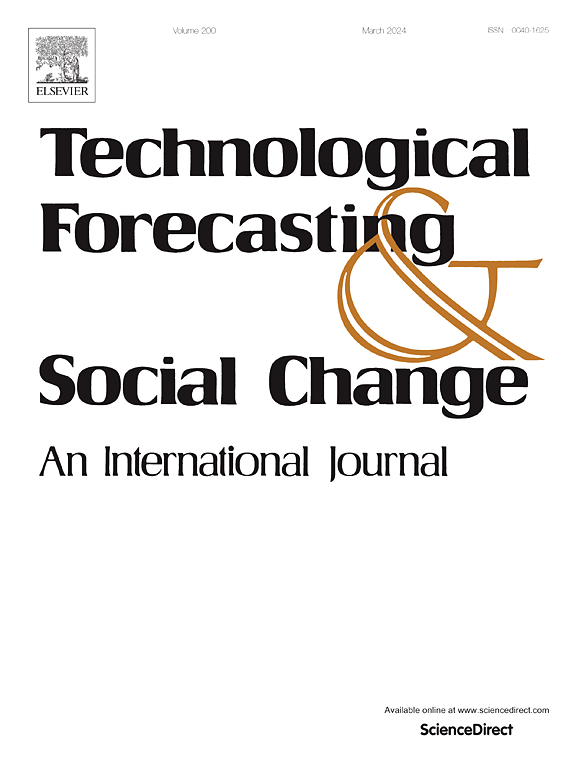新兴技术、机构团体和组织间网络:以微针为例
IF 13.3
1区 管理学
Q1 BUSINESS
Technological Forecasting and Social Change
Pub Date : 2025-01-31
DOI:10.1016/j.techfore.2025.124006
引用次数: 0
摘要
本文扩展了我们对制度逻辑在技术出现期间如何促进组织间协作形成的理解。我们将组织分为五个机构组——政府(GOV)、医疗保健(HC)、工业(IND)、非政府(NGO)以及研究和高等教育(RHE)。然后,我们研究了这些群体内部(同质性)和跨(异质性)的合作关系在多大程度上塑造了网络动力学。我们专注于一项新兴技术,即微针,并使用出版物共同作者数据估计一系列指数随机图模型(ergm)。我们的分析提供了证据,表明制度同质性有助于组织间联系的形成——表明组织参与者倾向于在他们的群体内而不是在不同的群体之间建立联系。然而,这种机制的影响在技术出现的不同群体和阶段有所不同。在早期发展阶段,机构同质性推动了政府和研发小组内部同质关系的形成,这些小组的合作重点是基本的技术挑战。其次是HC组,其合作中心是临床应用。在发展的后期阶段,同质性继续影响政府、国家卫生组织、卫生组织和非政府组织之间群体内联系的形成,合作扩展到临床应用并为决策过程提供信息。本文章由计算机程序翻译,如有差异,请以英文原文为准。
Emerging technologies, institutional groups and inter-organisational networks: The case of microneedles
This paper extends our understanding of how institutional logics contribute to inter-organisational collaboration formation during the emergence of a technology. We classify organisations into five institutional groups – Government (GOV), Healthcare (HC), Industry (IND), Non-Governmental (NGO), and Research and Higher Education (RHE). We then examine the extent to which collaborative relationships within (homophily) and across (heterophily) these groups shape network dynamics. We focus on an emerging technology, namely, microneedles, and estimate a series of Exponential Random Graphs Models (ERGMs) using publication co-authorship data. Our analysis provides evidence that institutional homophily contributes to the formation of inter-organisational ties – indicating that organisational actors tend to establish ties within their group rather than across different groups. However, the impact of this mechanism varies across groups and phases of technological emergence. In the early development stages, institutional homophily drives the formation of homophilous ties within the GOV and IND groups, where collaborations focus on basic technical challenges. This is followed by the HC group, where collaborations centre around clinical applications. In the later development stages, homophily continues to influence the formation of intra-group ties among the GOV, IND, HC, and NGO groups, with collaborations expanding to clinical applications and informing decision-making processes.
求助全文
通过发布文献求助,成功后即可免费获取论文全文。
去求助
来源期刊
CiteScore
21.30
自引率
10.80%
发文量
813
期刊介绍:
Technological Forecasting and Social Change is a prominent platform for individuals engaged in the methodology and application of technological forecasting and future studies as planning tools, exploring the interconnectedness of social, environmental, and technological factors.
In addition to serving as a key forum for these discussions, we offer numerous benefits for authors, including complimentary PDFs, a generous copyright policy, exclusive discounts on Elsevier publications, and more.

 求助内容:
求助内容: 应助结果提醒方式:
应助结果提醒方式:


